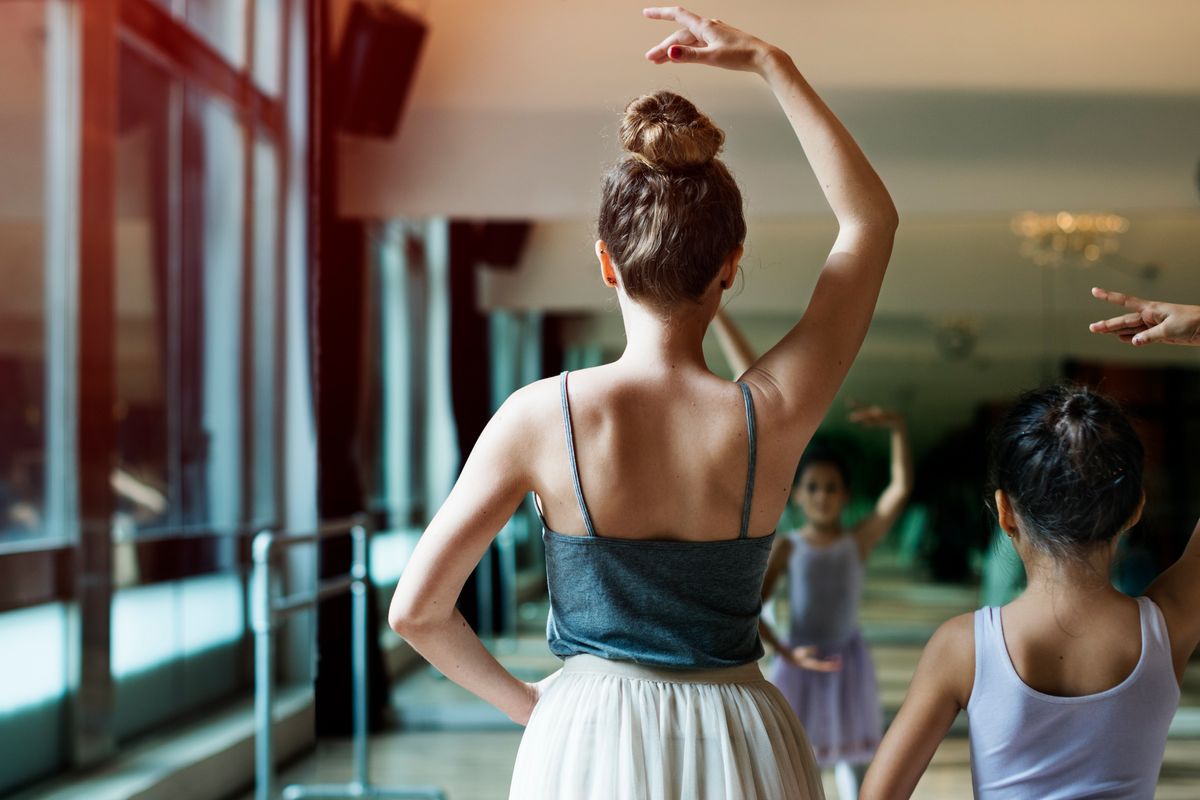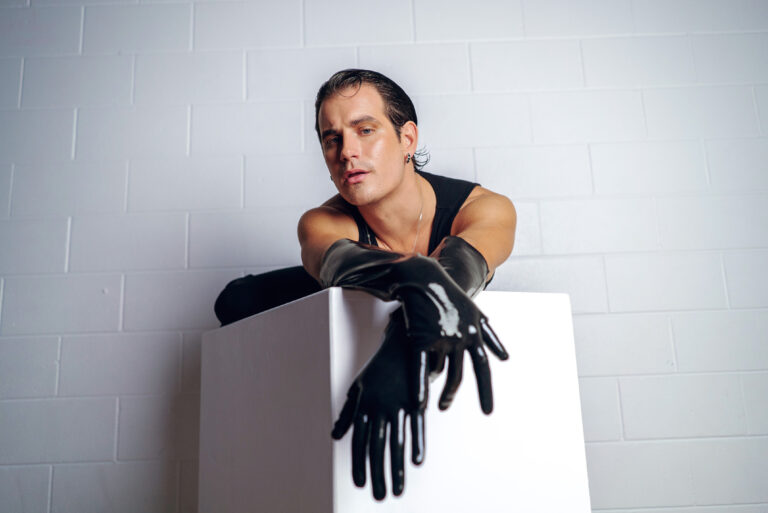
I often teach ballet over Zoom in the evenings, shortly after sunset. Without the natural light coming from my living room window, I drag a table lamp next to my portable barre so that the computer’s camera can see me clearly enough. I prop the laptop on a chair taken from the kitchen and then spend the next few hours running back and forth between the computer screen of Zoom tiles and my makeshift dance floor.
Much of this setup is the result of my attempts to recreate the most important aspects of an in-person dance studio: I have a barre, a floor and as much space as I can reasonably give myself within a small apartment. I do not, however, have a mirror, and neither do most of my students.
Online teaching is precarious and challenging. But, as many dance teachers know, the last eight months have not gone to waste. Over Zoom, my students have learned how to maintain correct posture through a grand plié and demonstrate a proper arabesque line. They can now consistently extend their feet at the height of a jump and track their knees over their toes upon landing. In other words, at-home learning did not halt their ability to maintain and improve their dancing.
I know I am not alone in seeing this: As many dance studios make cautious returns to in-person teaching, I hear this sentiment echoed by colleagues and community members across the world: Not all was lost, and some things were even gained. Notably, most of this learning happened in rooms without mirrors.
Dance’s relationship with the mirror is not uncontested. Though it’s a seemingly ubiquitous symbol of any proper dance studio, teachers have talked for years about its potential drawbacks, including evidence that it harms students’ body images. I see small signs of this all the time, and you probably have too: Developing children furrow their brows as they adjust leotard seams or stare angrily at growing limbs. Beautiful dancers finish perfectly acceptable combinations only to walk angrily into the corner because they are mad at what they just saw themselves do. Decades of staring into one’s own reflection, searching for mistakes, creates a pattern of self-surveillance that no doubt contributes to this industry’s ongoing struggle with body dysmorphia and eating disorders.
As students, and even as teachers, we’re taught to dismiss these threats to mental health because the pros outweigh the cons—we supposedly need the mirror to teach students how to understand alignment and develop spatial awareness. It’s true, pre-COVID-19, I did this all the time: “Look in the mirror,” I would say, “do you see the difference?”
But the mirror comes with technical downfalls, too: When students correct their alignment using only their reflections, they often learn to engage the wrong muscles or end up lost when the time comes to perform onstage without a mirror. Plus, the impulse to stare at one’s own face prevents the use of more dynamic eye lines, and hampers a student’s ability to project their focus.
For months now, I have stood crouched in front of my laptop’s screen carefully choosing words to describe corrections that I would previously have used the mirror to demonstrate. If I truly cannot find words, I will back up and show them using my own body. Both these tactics do not require visual self-surveillance and instead ask the students to activate internal self-discovery—rather than telling the students to look, I now make sure they can feel. The process can take more effort on the teacher’s part, and this may be why we’ve been too slow to admit that the mirror’s problems outweigh its benefits. Nevertheless, it leads to real results, and ones that are far stronger in the long run.
I often spend time daydreaming about a safe return to those coveted in-person studios. But I do not daydream about returning to the mirror. As the months of COVID-19 drag on, my fear that students will face increased anxiety in relation to their bodies when they return to the studio only grows. After almost a year of being stuck inside, there’s a likelihood that many students bodies’ will have grown, shifted or, at the very least, lost muscle. These are natural changes, but they are spun in a negative light by body-shaming messages like “The Quarantine 15” or “COVID Curves”—not to mention ballet’s continued obsession with thinness.
This makes me especially wary of forcing my students to stare at themselves in the mirror once we return to the studio. I do not want them left thinking that all their work over Zoom meant nothing simply because the image they see on a reflective wall at the front of the room is different from the one they left in March.
So as we continue to make safe returns to the studio and leave virtual teaching behind—at least for the moment—let’s leave the mirror behind, too.




